Fact Fluency: Friend or Foe?
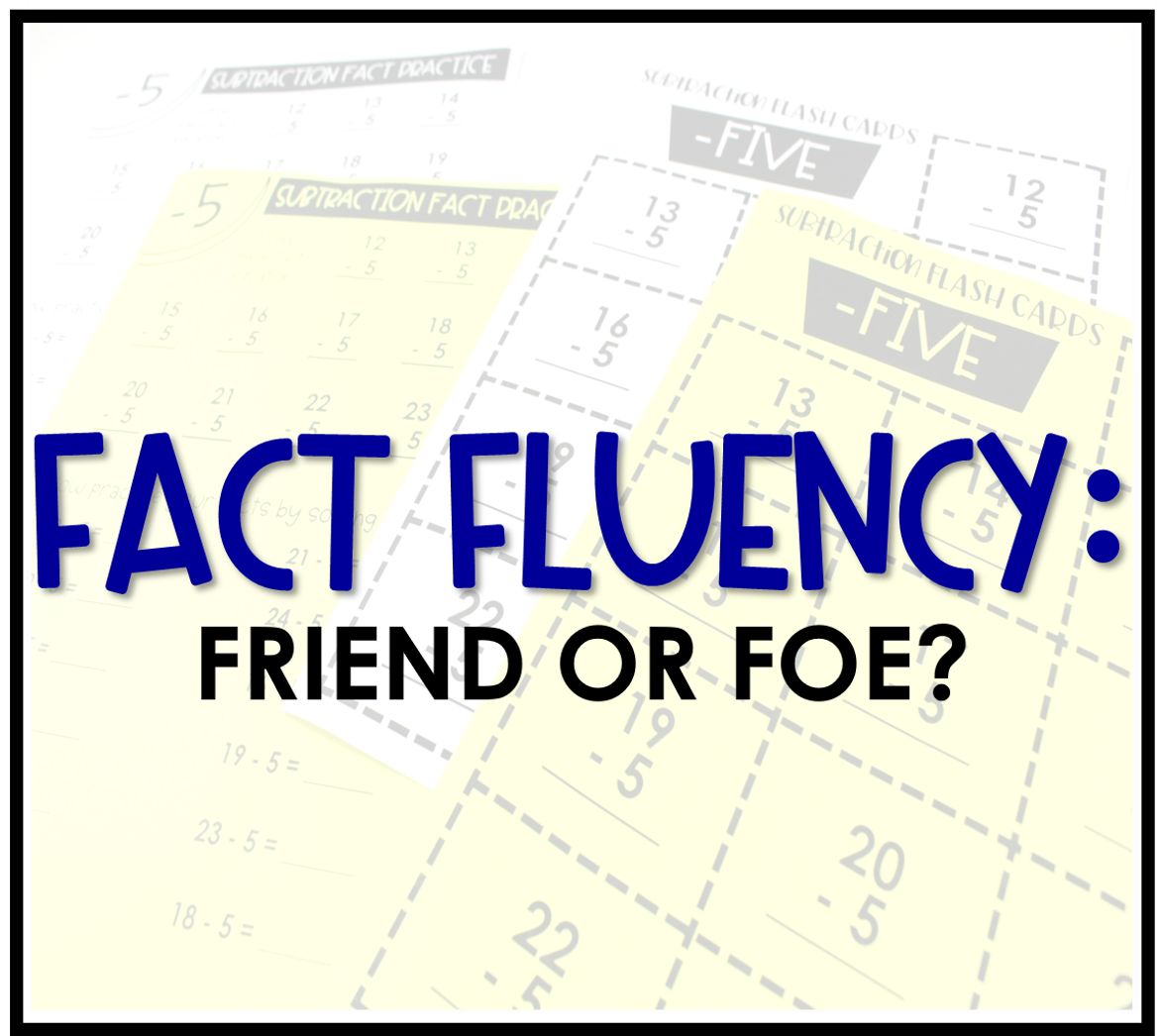
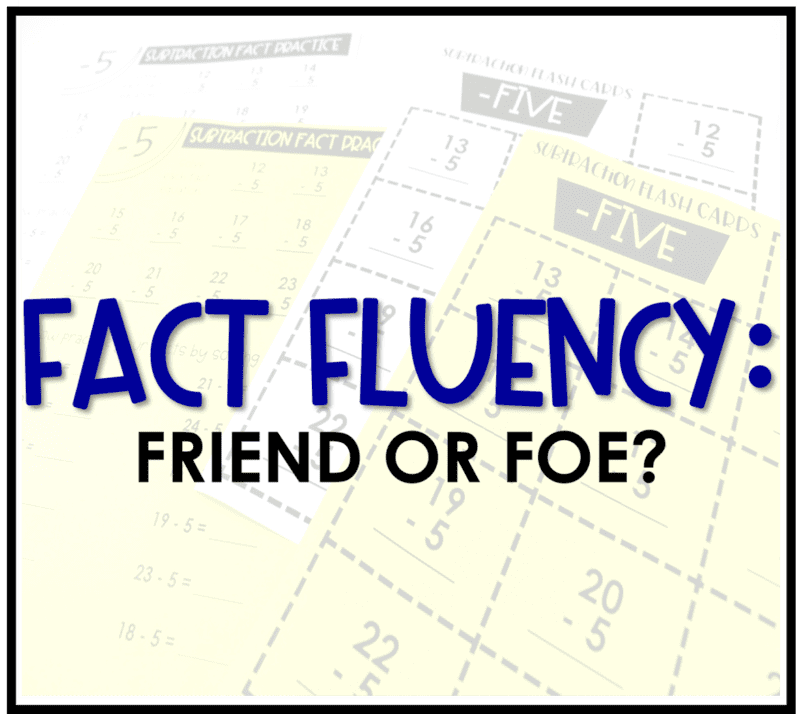
Fact Fluency in the primary grades can become a heated topic and for good reason. Let’s dive into it a bit together! Are you tensing up yet? Perhaps having a flashback to your own beads of sweat as you painfully aspired to beat the timer, not be the last rocket ship on the wall display still firmly planted on Earth, or earn bragging rights on the playground? I believe that healthy competition is a powerful thing and can most definitely provide elevated results, however, if the terms for the competition are too far outside our abilities, it can ultimately be detrimental to our progress.
So how do we ensure that students are getting what they need in order to master fact fluency? Let’s take a look at what is really happening behind the scenes, when we solve a math equation! When a student goes to solve a math equation there is a lot going on developmentally! Students have to have an understanding for the quantity of the numbers, how the numbers relate to each other within the equation, the operation to be used , and appropriate strategies for solving. …and now we’re back to sweating.
Math Word Wall Cards
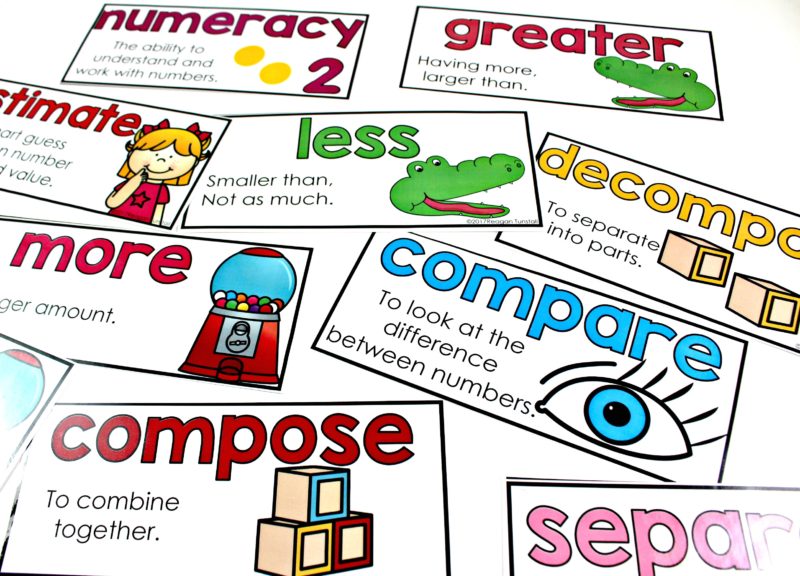
Plant
Before requiring students to complete a timed page of math facts, we need to allow them to move through a developmental math fact fluency continuum. I am going to share this through an analogy. because…teacher. First, we plant the mathematical seeds of understanding! When we provide lessons for the concepts below, students begin to develop the foundation for their math careers.
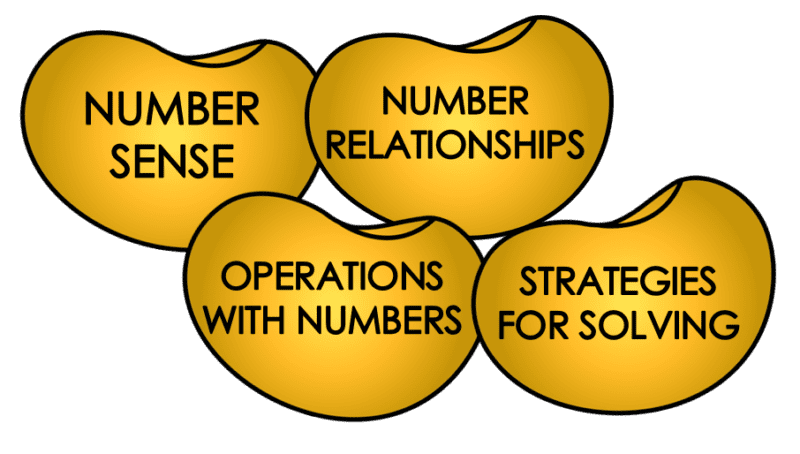
In the primary grades K-2, we are able to plant these seeds when we introduce students to numbers through lessons, hands-on concrete activities, and games. Dice, dominoes, rekenreks, ten frames, and pictorial representations of numbers help students to quantify numbers. Walk into a kindergarten classroom, and you will likely find number representations from wall to wall. We continue this through first grade.
Kindergarten Stations By Standards
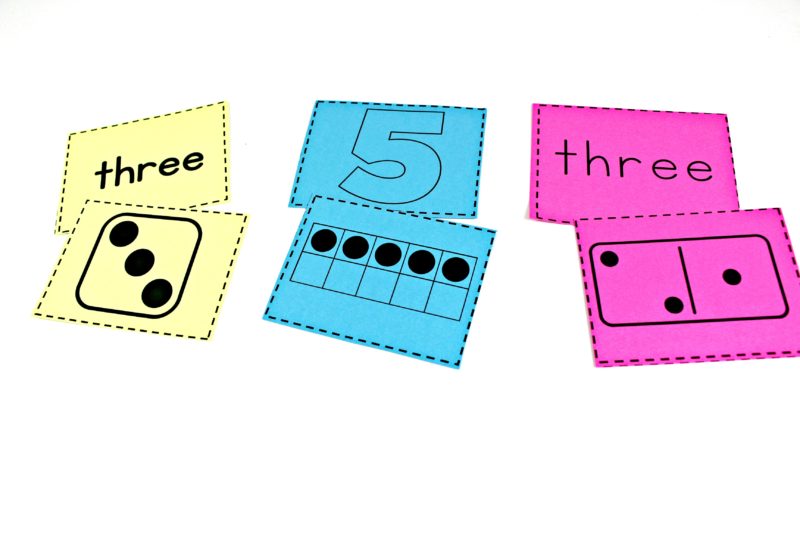
Repeated exposure to numerous formats creates connections that help students move from counting all of a set each time, to recognizing a set as a number without needing to count. (subitizing)
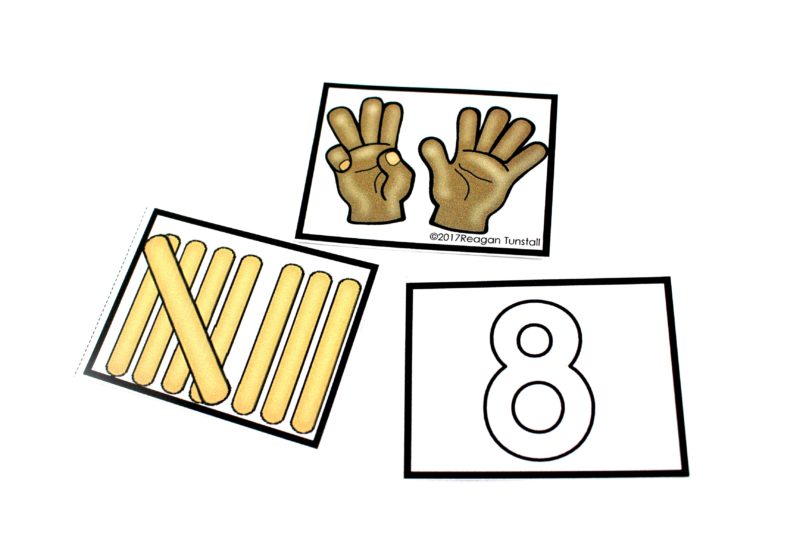
Kindergarten Stations By Standards
First Grade Stations By Standards
Second Grade Stations By Standards
In this activity below, students are not only counting and building numbers, they are also able to see how they relate to the ten train pictured on the card as well as how the numbers relate to each other. A 7 is comprised of a six and one more cube, while an eight is comprised of a 6 and then 2 more cubes.
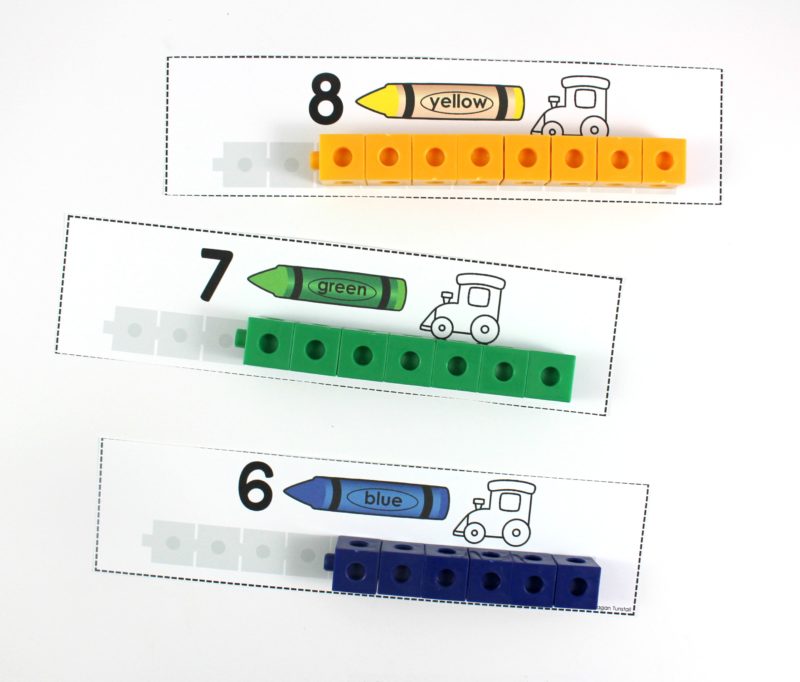
In this activity below, students begin to understand that teen numbers contain a ten and more. This beginning level of base ten builds a foundation for later with mental math in adding and subtracting large numbers.
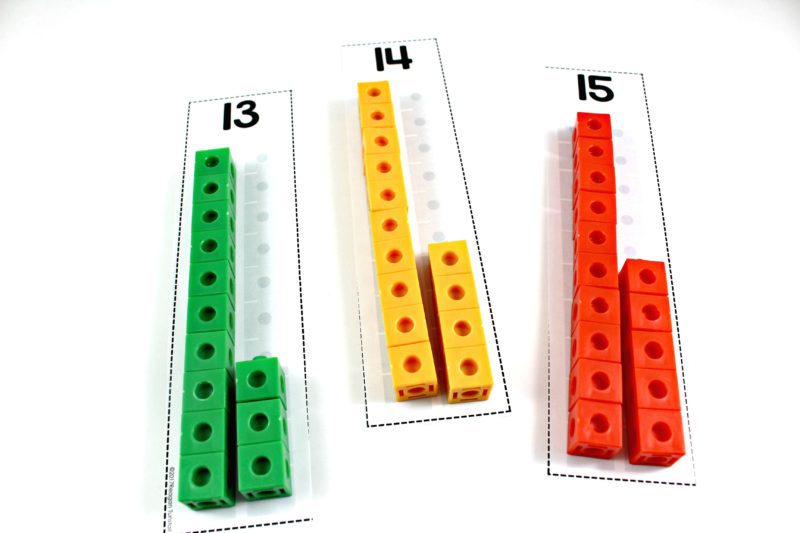
Exposing students to the same concept in different formats creates those connections needed to move from concrete to abstract. In the activity above students are building a model, below they are able to see a pictorial representation of teen numbers.
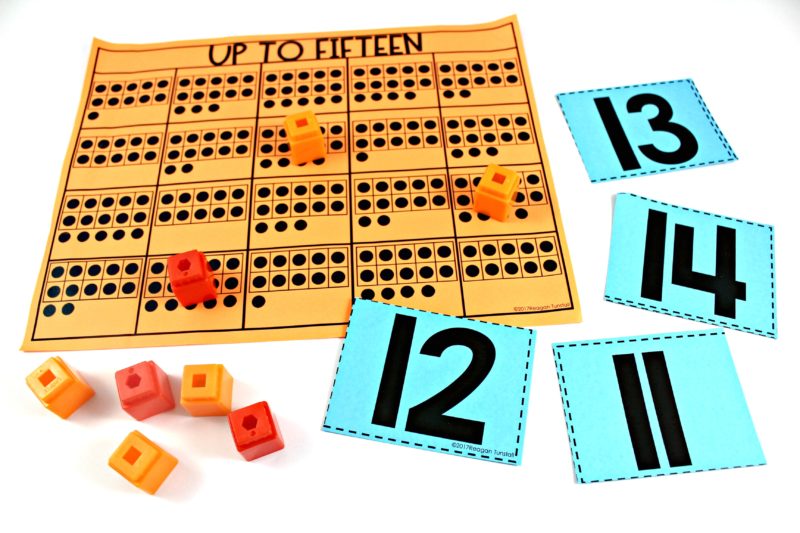
Kindergarten Stations By Standards
First Grade Stations By Standards
Second Grade Stations By Standards
Nourish
Once the seeds of mathematical fluency have been planted, we are ready nourish the seeds through daily activities. Think of our classrooms as the greenhouses! We want to provide the best opportunities and environment for the seeds we have planted. This requires that daily accessibility to activities that nourish those seeds!
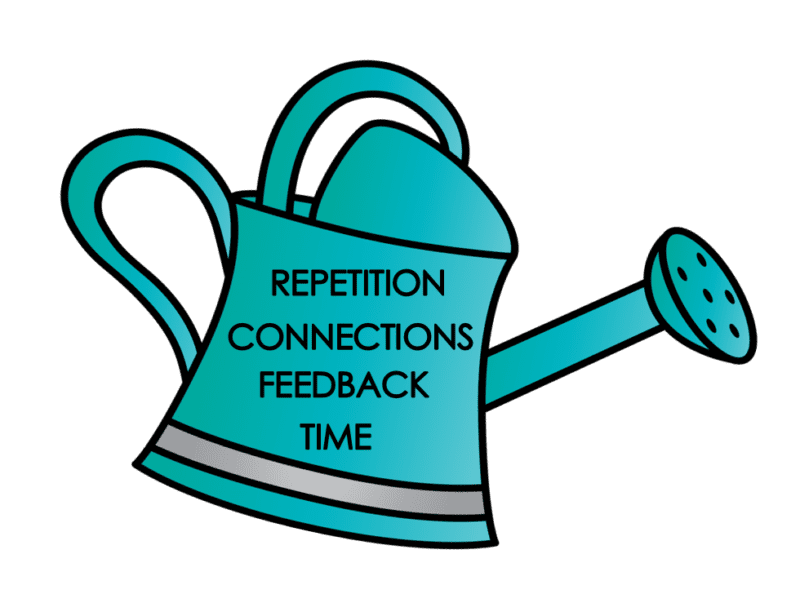
Number chats allow students to share their mathematical thinking with each other. Students focus on the process of solving and not the answer. These can be done on the board with or without a written response. Number chats allow students to gain insight from peers, reason through thinking that is different, and communicate their understanding.
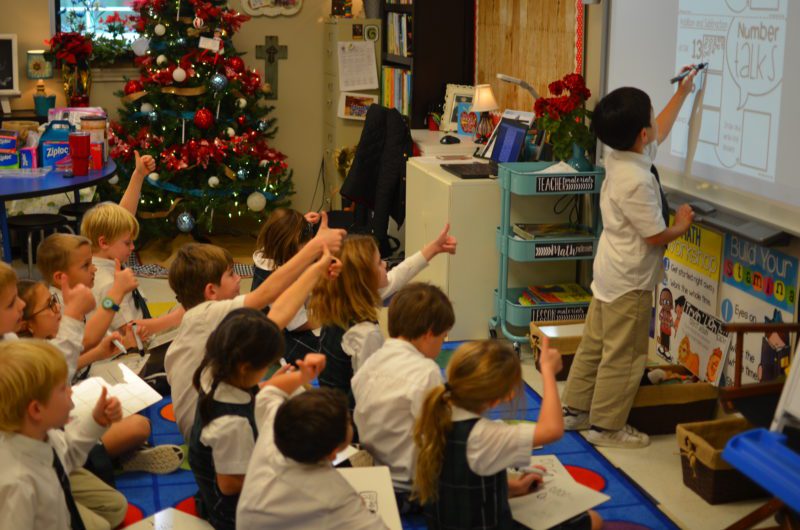
In all of the examples below, the students share their thinking. When possible it’s great to make number chats open ended to ensure a good mixture of ideas and thinking!
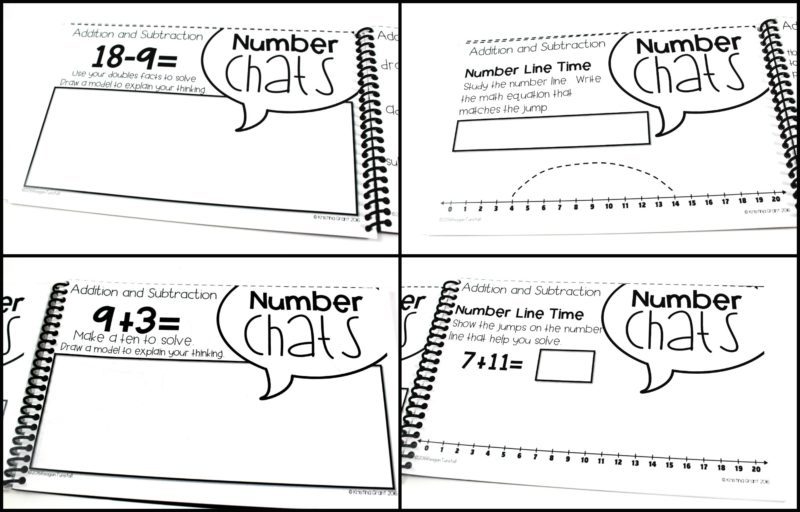
Number Chats
Kindergarten chats for the year
First Grade chats for the year
Second Grade chats for the year
Math lessons and independent math centers activities provide a vast array of formats and opportunities to grow that mathematical understanding.
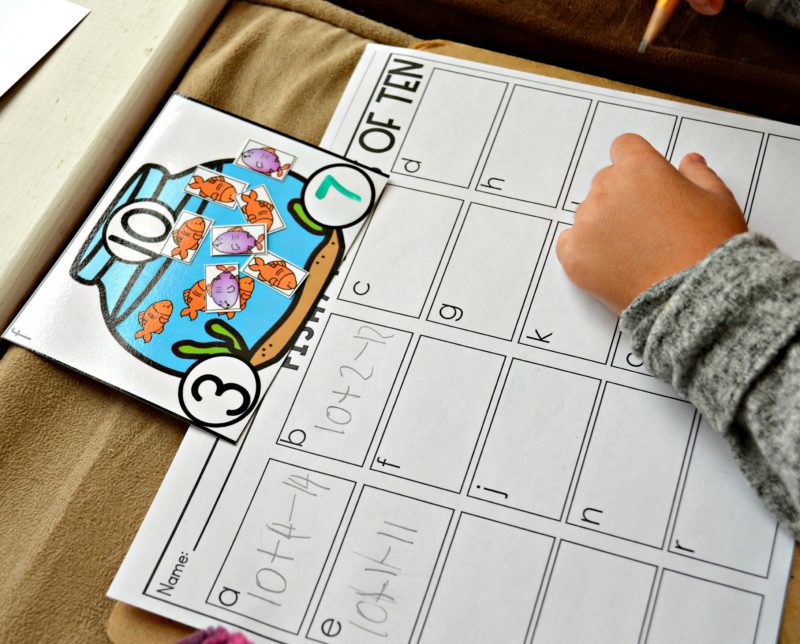
Developmentally, students begin solving math equations by counting all of the numbers involved. Next, they are able to count on from one number to solve. Generally students stick with one tried and true strategy for solving before branching out to new strategies.
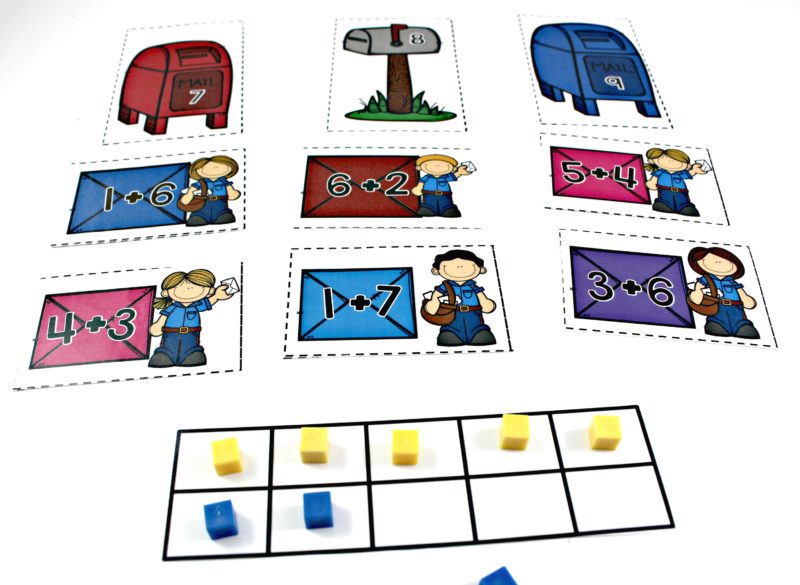
Monthly Math Centers
Kindergarten
First Grade
Second Grade
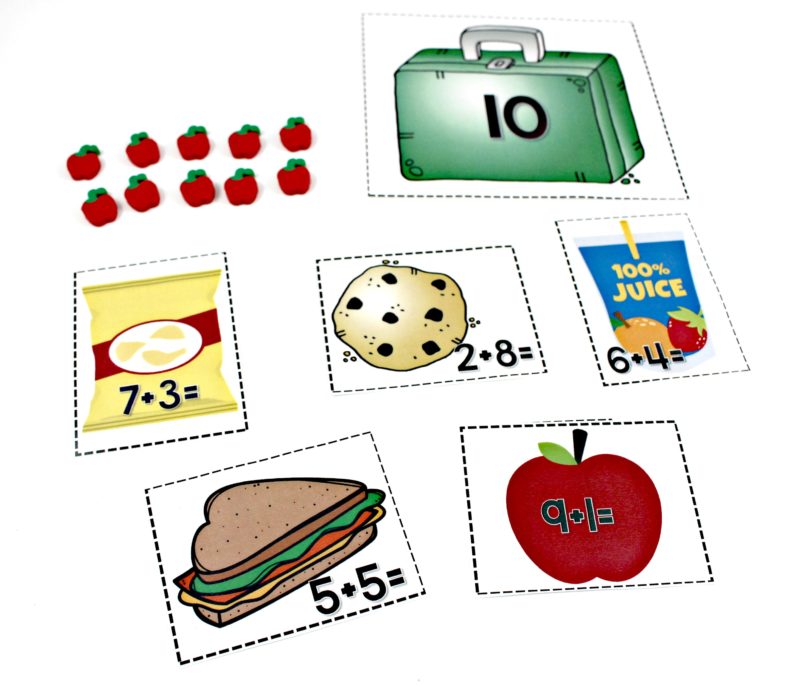
Number bonds further develop the understanding of number relationships. Beginning with a concrete model helps eliminate confusion and frustration. It also provides a visual opening the mind to mental math. Once students can visualize the parts of a number, they have the ability to decompose and compose inside their heads.
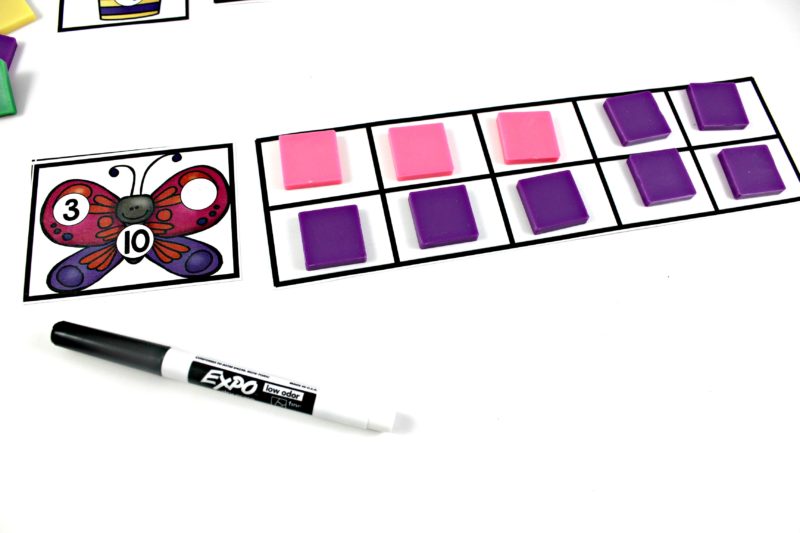
Once we see that students are solving successfully with one strategy such as counting on, we can then begin teaching new strategies. Allowing students to name strategies, practice them, and choose between them, ensures our little seeds will put down nice strong roots. Like with anything, we want to do this in a way that does not overwhelm, but adds to student understanding.
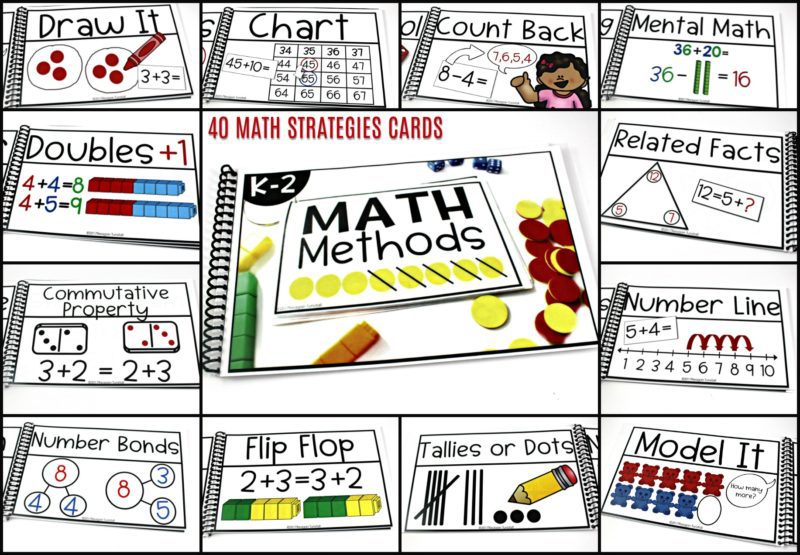
Math Methods Strategy Cards For Teaching
Games where students solve and compare equations, are a terrific way for students to practice strategies for solving beyond the concrete math tools. They begin to look for similarities, patterns, and shortcuts naturally.
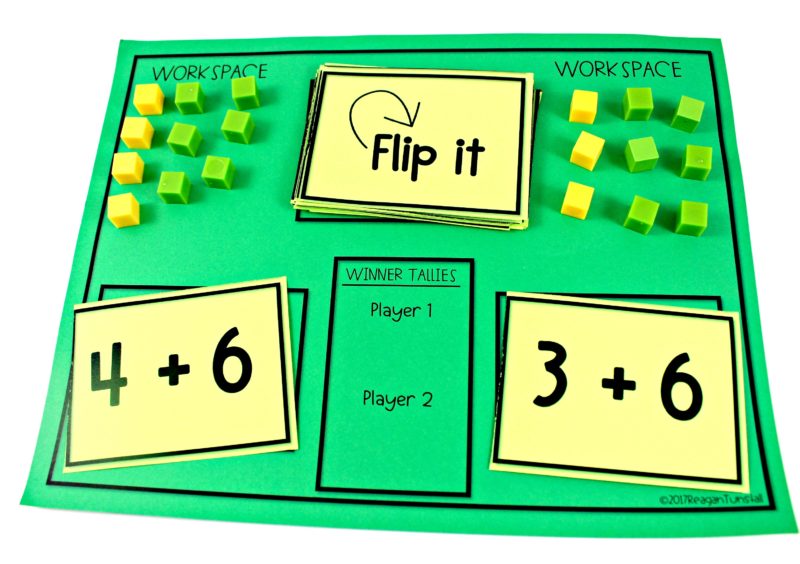
Flip It Games First Grade
Flip it Games Second Grade
Flourish
Finally, it’s time for the payoff! Our little seeds have a strong root system of number relationships and math strategies. Rather than using one math tool or one math strategy to solve, students can analyze a problem to determine which strategy would best work to make the problem easier to solve. This is when our students are developmentally ready to take on the skill of memorization. If we push students to memorize answers before understanding, we cheat them of the important nutrients and roots needed to flourish! Although ready for the challenge of fact mastery, primary grades should not replace good teaching for a fluency program. Math fact fluency is a side to solid teaching! It will happen naturally all on its own.
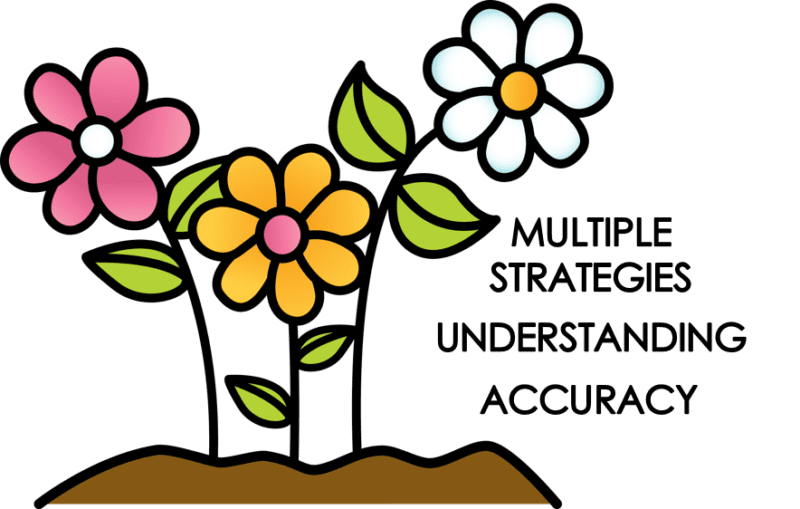
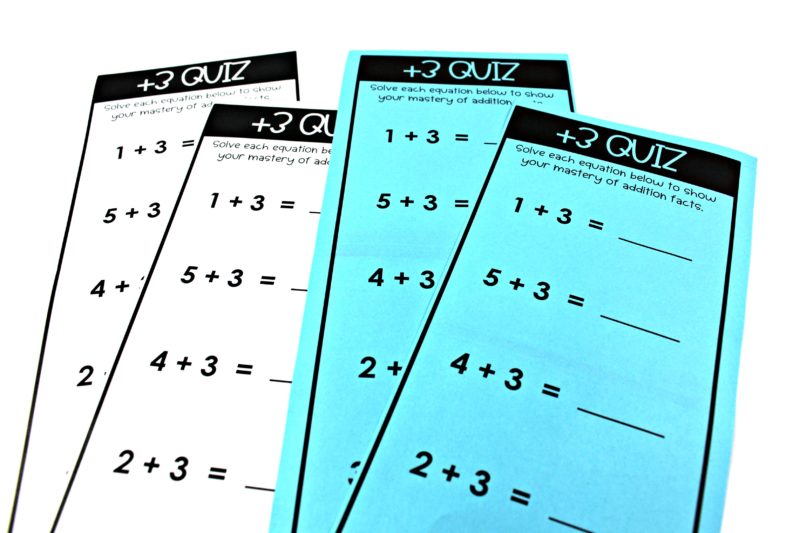
Fact Fluency
Facts to 5
Facts to 10
Facts to 20
Facts to 24
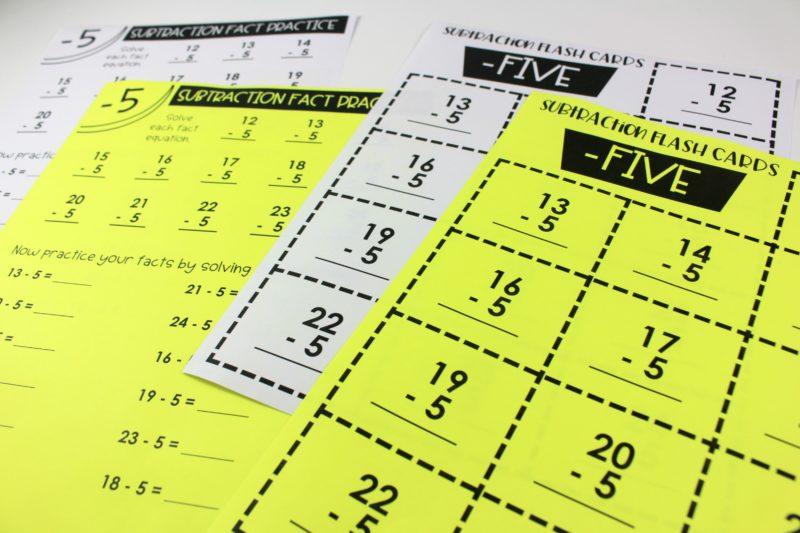
If you have students that have shown they are ready to memorize and master their facts, check out THIS POST on math fact fluency.
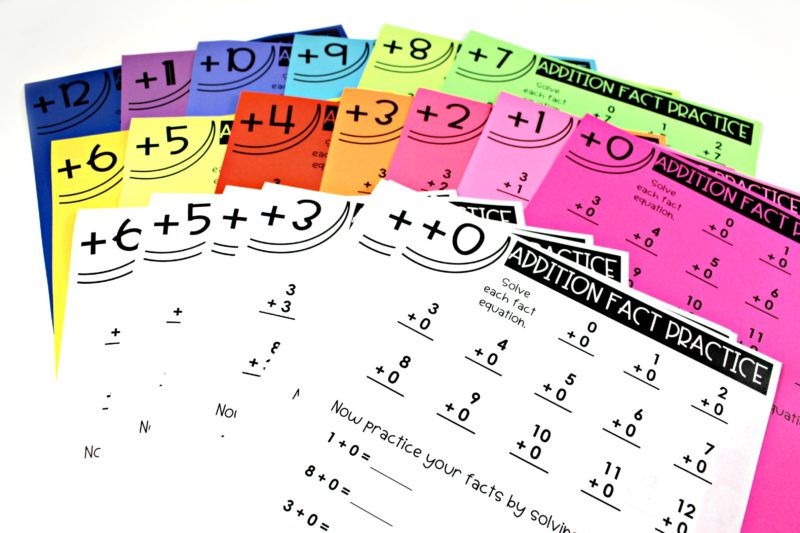


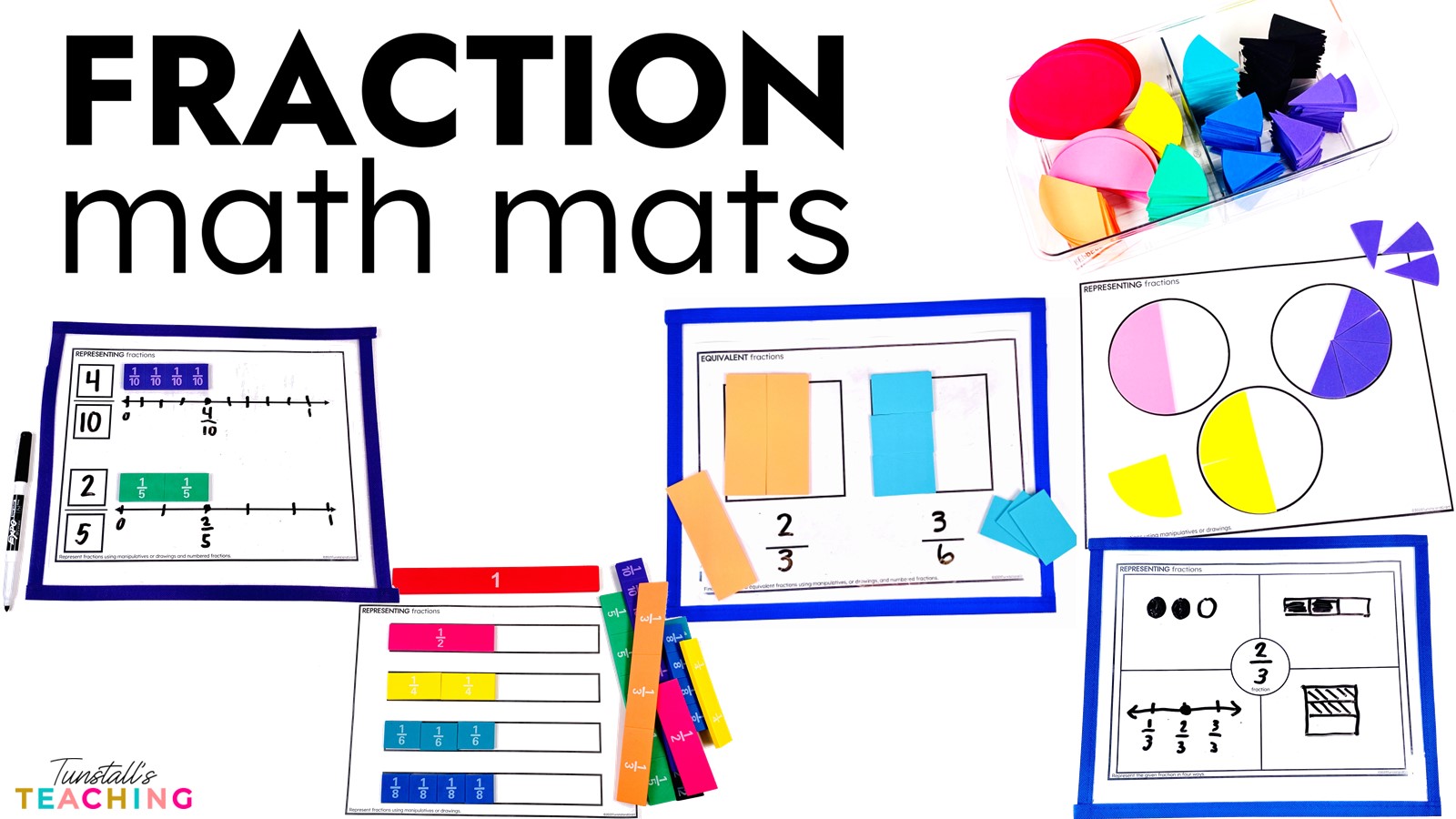
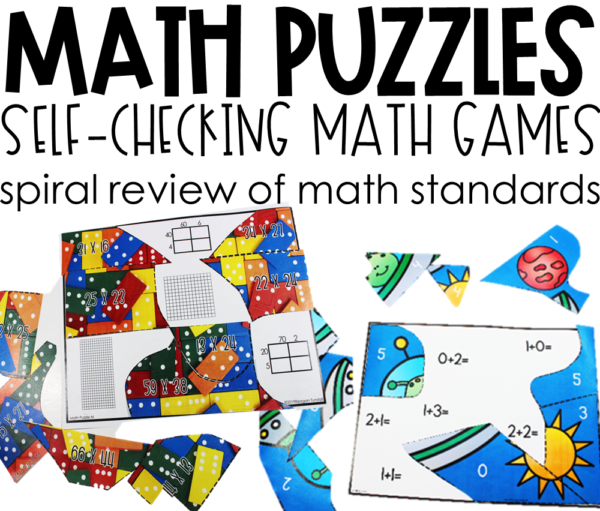
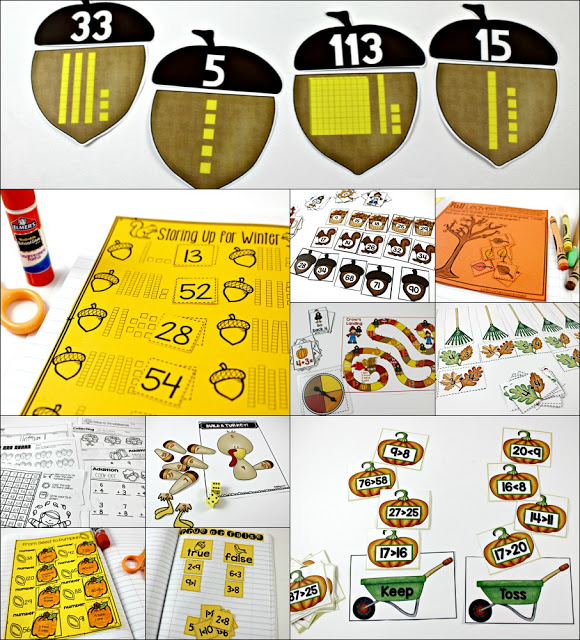
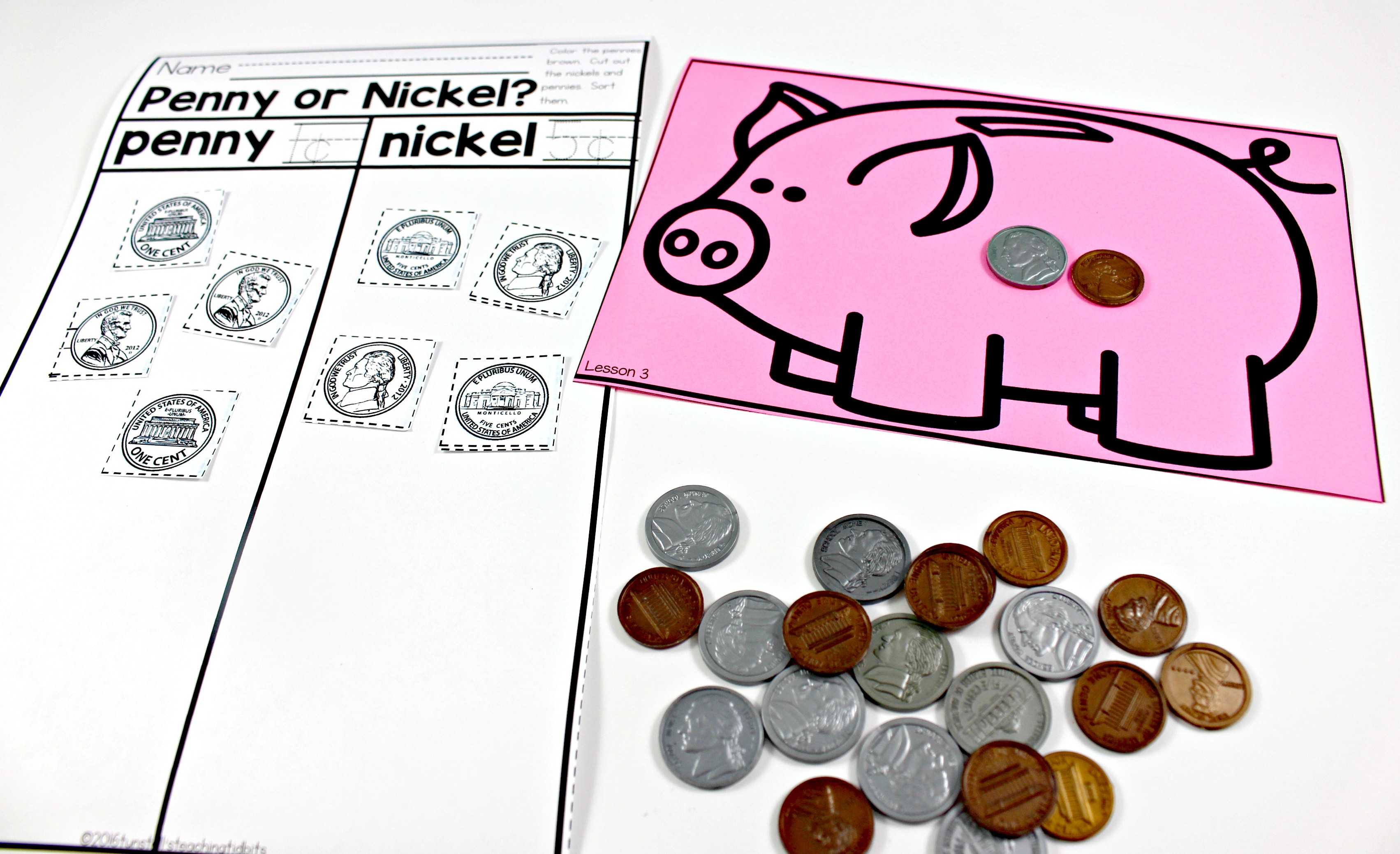
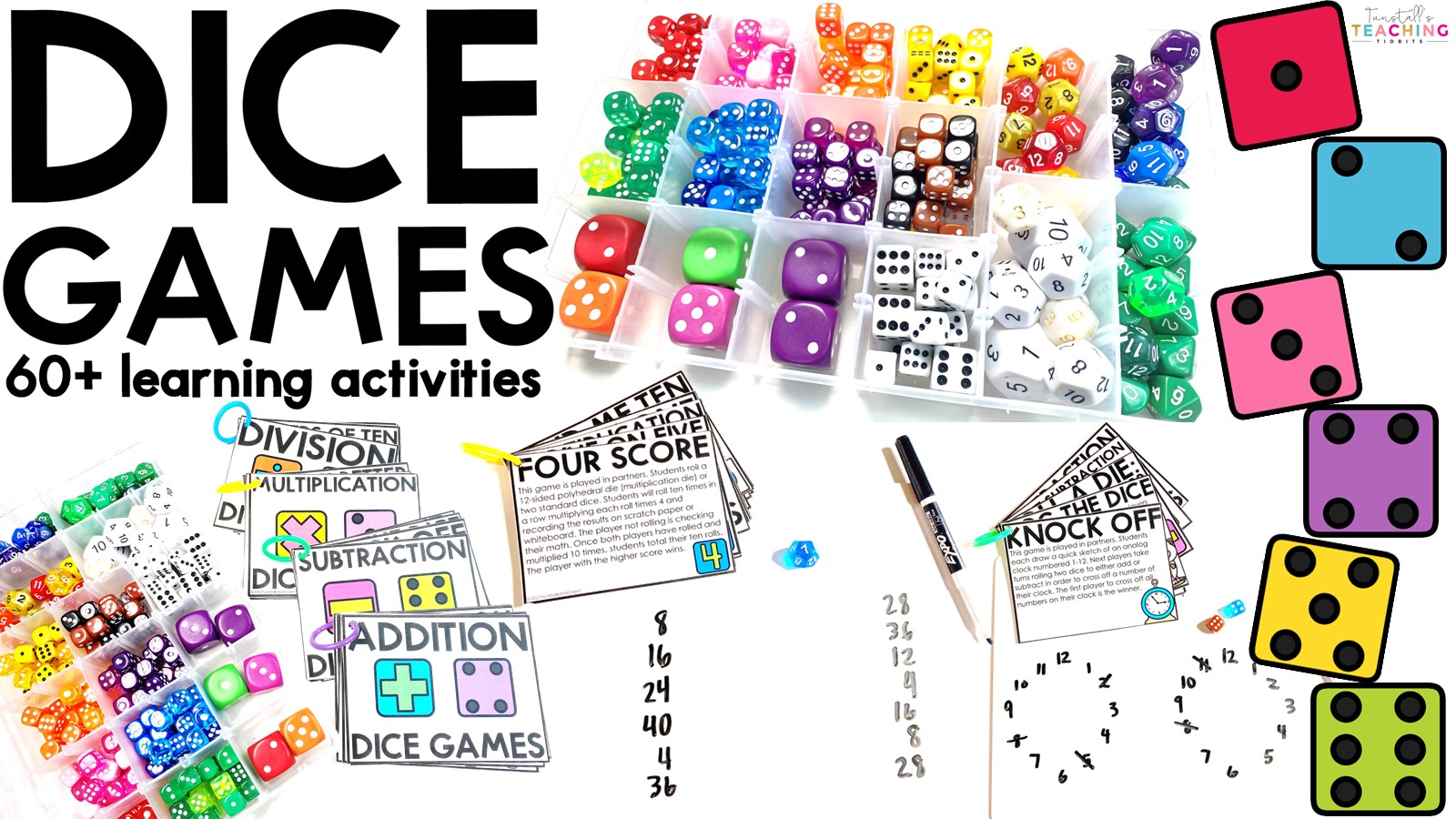
Thanks for sharing all the great ideas!
It is wonderful to be here with everyone, I have a lot of knowledge from what you share, to say thank you, the information and knowledge here helps me a lot